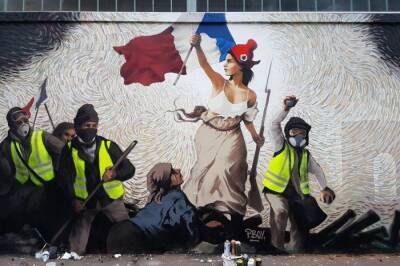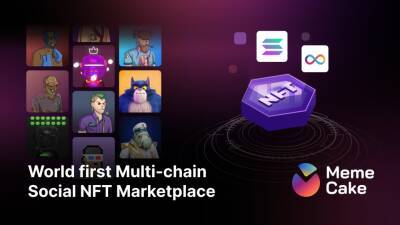How does blockchain work and what are its different layers, explained
Blockchain technology is an amalgamation of various technologies coming together under one roof to help the system run smoothly. Mathematical computation, cryptography, game theory, peer-to-peer systems, and validation protocols essentially join forces to power blockchain operations.However, since blockchains eliminate the presence of a central governing authority, all transactions must be robustly protected, and data must be stored securely on a distributed ledger. The distributed ledger technology (DLT) works on a pre-set protocol with various computers across the network (or nodes) arriving at a ‘consensus’ to validate transactional data.
Each node adds, scrutinizes, and updates entries as they come.Blockchains have a layered architecture to facilitate this unique way of authenticating transactions. There are five layers involved, each with its distinct functionality. Let us dive right in and understand the architecture and what each layer does.1. The Hardware Infrastructure Layer:Blockchain data lies securely stored in a data server.
When we browse the web or use any blockchain apps, our machines request access to this data from the server. The framework that facilitates this data exchange is known as the client-server architecture. Blockchains are peer-to-peer (P2P) networks that allow clients to connect with ‘peer-clients’ to make data sharing faster and easier.
It is nothing but a vast network of devices communicating with each other and requesting data from one another. This is how a distributed ledger gets created. Each device communicating with another device on the network is a node.
Read more on cnbctv18.com














